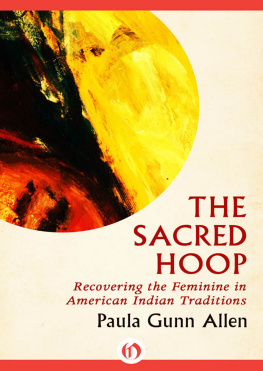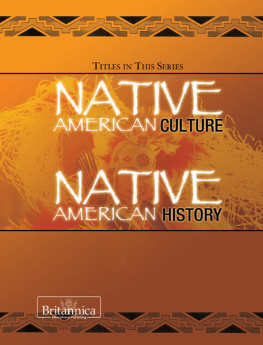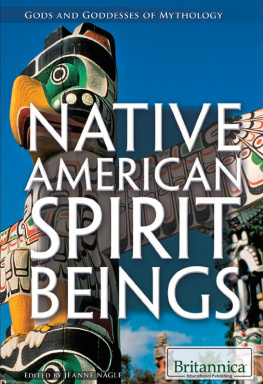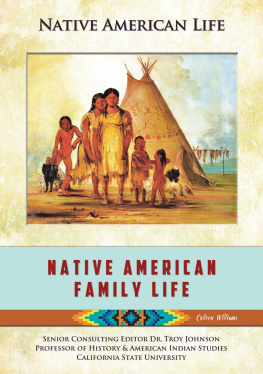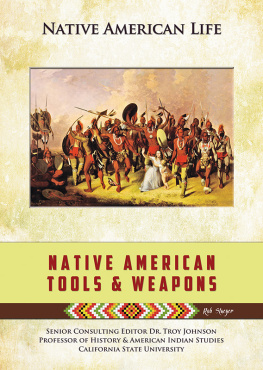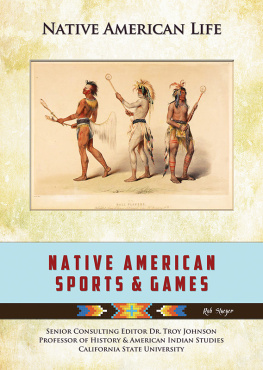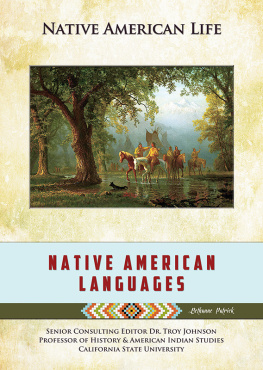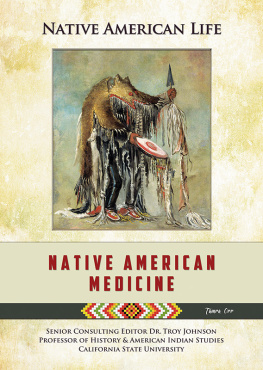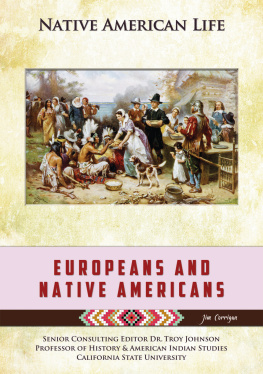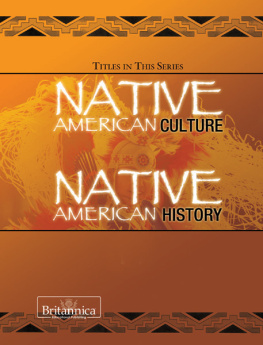The Sacred Hoop
Recovering the Feminine in American Indian Traditions
Paula Gunn Allen

For Native people everywhere: may our voices be strong, our hearts red and sweet. May we walk in Beauty. Ah.
Shimana
(Paula Gunn Allen)
Grandmother of the Sun: Ritual Gynocracy in Native America
I
There is a spirit that pervades everything, that is capable of powerful song and radiant movement, and that moves in and out of the mind. The colors of this spirit are multitudinous, a glowing, pulsing rainbow. Old Spider Woman is one name for this quintessential spirit, and Serpent Woman is another. Corn Woman is one aspect of her, and Earth Woman is another, and what they together have made is called Creation, Earth, creatures, plants, and light.
At the center of all is Woman, and no thing is sacred (cooked, ripe, as the Keres Indians of Laguna Pueblo say it) without her blessing, her thinking.
In the beginning Tse che nako, Thought Woman finished everything, thoughts, and the names of all things. She finished also all the languages. And then our mothers, Uretsete and Naotsete said they would make names and they would make thoughts. Thus they said. Thus they did.
This spirit, this power of intelligence, has many names and many emblems. She appears on the plains, in the forests, in the great canyons, on the mesas, beneath the seas. To her we owe our very breath, and to her our prayers are sent blown on pollen, on corn meal, planted into the earth on feather-sticks, spit onto the water, burned and sent to her on the wind. Her variety and multiplicity testify to her complexity: she is the true creatrix for she is thought itself, from which all else is born. She is the necessary precondition for material creation, and she, like all of her creation, is fundamentally femalepotential and primary.
She is also the spirit that informs right balance, right harmony, and these in turn order all relationships in conformity with her law.
To assign to this great being the position of fertility goddess is exceedingly demeaning: it trivializes the tribes and it trivializes the power of woman. Woman bears, that is true. She also destroys. That is true. She also wars and hexes and mends and breaks. She creates the power of the seeds, and she plants them. As Anthony Purley, a Laguna writer, has translated a Keres ceremonial prayer, She is mother of us all, after Her, mother earth follows, in fertility, in holding, and taking again us back to her breast.
The Hopi account of their genatrix, Hard Beings Woman, gives the most articulate rendering of the difference between simple fertility cultism and the creative prowess of the Creatrix. Hard Beings Woman (Huruing Wuhti) is of the earth. But she lives in the worlds above where she owns (empowers) the moon and stars. Hard Beings Woman has solidity and hardness as her major aspects. She, like Thought Woman, does not give birth to creation or to human beings but breathes life into male and female effigies that become the parents of the Hopiin this way she creates them. The male is Muingwu, the god of crops, and his sister-consort is Sand Altar Woman who is also known as Childbirth Water Woman. In Sand Altar Woman the mystical relationship between water, worship, and woman is established; she is also said to be the mother of the katsinas, those powerful messengers who relate the spirit world to the world of humankind and vice versa.
Like Thought Woman, Hard Beings Woman lived in the beginning on an island which was the only land there was. In this regard she resembles a number of Spirit Woman Beings; the Spirit genatrix of the Iroquois, Sky Woman, also lived on an island in the void which only later became the earth. On this island, Hard Beings Woman is identified with or, as they say, owns all hard substancesmoon, stars, beads, coral, shell, and so forth. She is a sea goddess as well, the single inhabitant of the earth, that island that floats alone in the waters of space. From this meeting of woman and water, earth and her creatures were born.
Contemporary Indian tales suggest that the creatures are born from the mating of sky father and earth mother, but that seems to be a recent interpolation of the original sacred texts. The revision may have occurred since the Christianizing influence on even the arcane traditions, or it may have predated Christianity. But the older, more secret texts suggest that it is a revision. It may be that the revision appears only in popular versions of the old mythic cycles on which ceremony and ritual are based; this would accord with the penchant in the old oral tradition for shaping tales to reflect present social realities, making the rearing and education of children possible even within the divergent worlds of the United States of America and the tribes.
According to the older texts (which are sacred, that is, power-engendering), Thought Woman is not a passive personage: her potentiality is dynamic and unimaginably powerful. She brought corn and agriculture, potting, weaving, social systems, religion, ceremony, ritual, building, memory, intuition, and their expressions in language, creativity, dance, human-to-animal relations, and she gave these offerings power and authority and blessed the people with the ability to provide for themselves and their progeny.
Thought Woman is not limited to a female role in the total theology of the Keres people. Since she is the supreme Spirit, she is both Mother and Father to all people and to all creatures. She is the only creator of thought, and thought precedes creation.
Central to Keres theology is the basic idea of the Creatrix as She Who Thinks rather than She Who Bears, of woman as creation thinker and female thought as origin of material and nonmaterial reality. In this epistemology, the perception of female power as confined to maternity is a limit on the power inherent in femininity. But she is the supreme Spirit, both Mother and Father to all people and to all creatures.
In Keres theology the creation does not take place through copulation. In the beginning existed Thought Woman and her dormant sisters, and Thought Woman thinks creation and sings her two sisters into life. After they are vital she instructs them to sing over the items in their baskets (medicine bundles) in such a way that those items will have life. After that crucial task is accomplished, the creatures thus vitalized take on the power to regenerate themselvesthat is, they can reproduce others of their kind. But they are not in and of themselves self-sufficient; they depend for their being on the medicine power of the three great Witch creatrixes, Thought Woman, Uretsete, and Naotsete. The sisters are not related by virtue of having parents in common; that is, they are not alive because anyone bore them. Thought Woman turns up, so to speak, first as Creatrix and then as a personage who is acting out someone elses dream. But there is no time when she did not exist. She has two bundles in her power, and these bundles contain Uretsete and Naotsete, who are not viewed as her daughters but as her sisters, her coequals who possess the medicine power to vitalize the creatures that will inhabit the earth. They also have the power to create the firmament, the skies, the galaxies, and the seas, which they do through the use of ritual magic.
The idea that Woman is possessed of great medicine power is elaborated in the Lakota myth of White Buffalo Woman. She brought the Sacred Pipe to the Lakota, and it is through the agency of this pipe that the ceremonies and rituals of the Lakota are empowered.Sacred Woman. The Four Winds are very powerful beings themselves, but they can function only at the bidding of White Buffalo Woman. The Lakota are connected to her still, partly because some still keep to the ways she taught them and partly because her pipe still resides with them.

